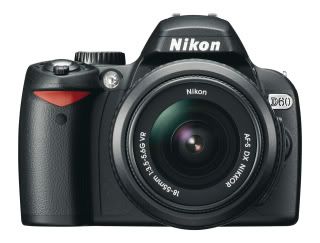 The Nikon D60 is designed to simplify camera operation and allow the photographer to concentrate on taking pictures. The camera’s simple, user-friendly design includes a reduced number of buttons and a combined monitor and information display. A 2.5-inch LCD screen presents information using an easy to understand graphic user interface, with three types of presentation style to suit all users. The symbols and numbers in the display rotate through 90 degrees, presenting information in the correct orientation according to how the camera is being held. The D60 also includes a new feature that turns off the LCD monitor screen automatically when the viewfinder is in use.
The Nikon D60 is designed to simplify camera operation and allow the photographer to concentrate on taking pictures. The camera’s simple, user-friendly design includes a reduced number of buttons and a combined monitor and information display. A 2.5-inch LCD screen presents information using an easy to understand graphic user interface, with three types of presentation style to suit all users. The symbols and numbers in the display rotate through 90 degrees, presenting information in the correct orientation according to how the camera is being held. The D60 also includes a new feature that turns off the LCD monitor screen automatically when the viewfinder is in use.The D60 utilizes Nikon’s exclusive EXPEED technology to maximize image quality and processing speed. The camera also offers creative features that are designed to allow the optimisation and adjustment of images without the need for a computer. Image optimisation is achieved through functions like Active D-Lighting (which compensates for strong shadows), and the automatic correction of false eye colour when using the built-in flash. Creative features include the automated creation of stop-motion animation files from a sequence of images, and effects that simulate the use of optical filters to produce colour shading and sparkling highlights.

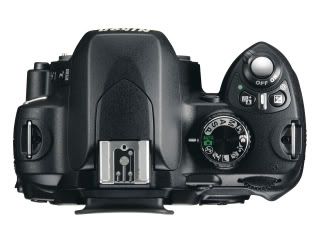 To combat the dust that can be introduced into the camera body when changing lenses, , the D60 includes an integrated dust reduction system. Nikon’s exclusive Airflow Control System channels dust out of the image path and a vibrating, self-cleaning sensor unit shakes off any remaining dust from the camera’s optics.
To combat the dust that can be introduced into the camera body when changing lenses, , the D60 includes an integrated dust reduction system. Nikon’s exclusive Airflow Control System channels dust out of the image path and a vibrating, self-cleaning sensor unit shakes off any remaining dust from the camera’s optics.The D60 is capable of use in a range of lighting conditions due to a wide sensitivity range of ISO 100 to ISO 1600 and offers vivid colour reproduction with clear, sharp results.. For convenient use in places where flash photography is not allowed, the camera will set the sensitivity automatically for the best results . The camera’s built-in Speedlight produces excellent balanced results thanks to Nikon’s sophisticated i-TTL flash system, and also allows the use of additional remote-controlled Speedlights.
SOURCE : dpreview




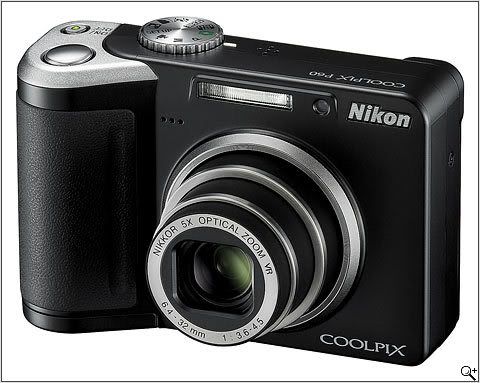
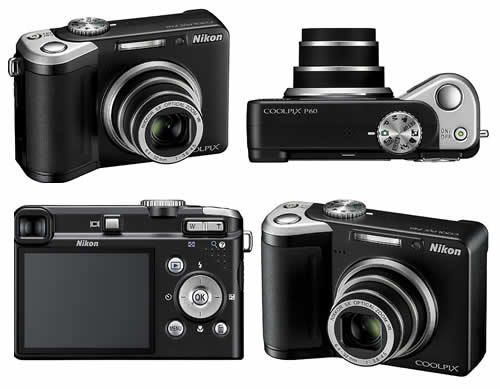
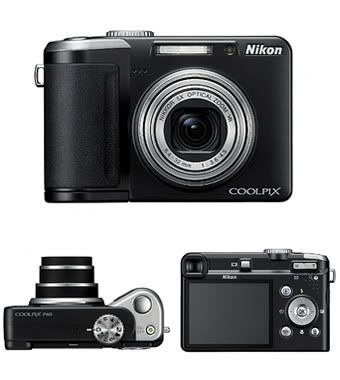
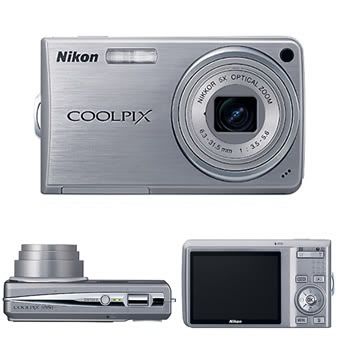





 RSS Feed (xml)
RSS Feed (xml)